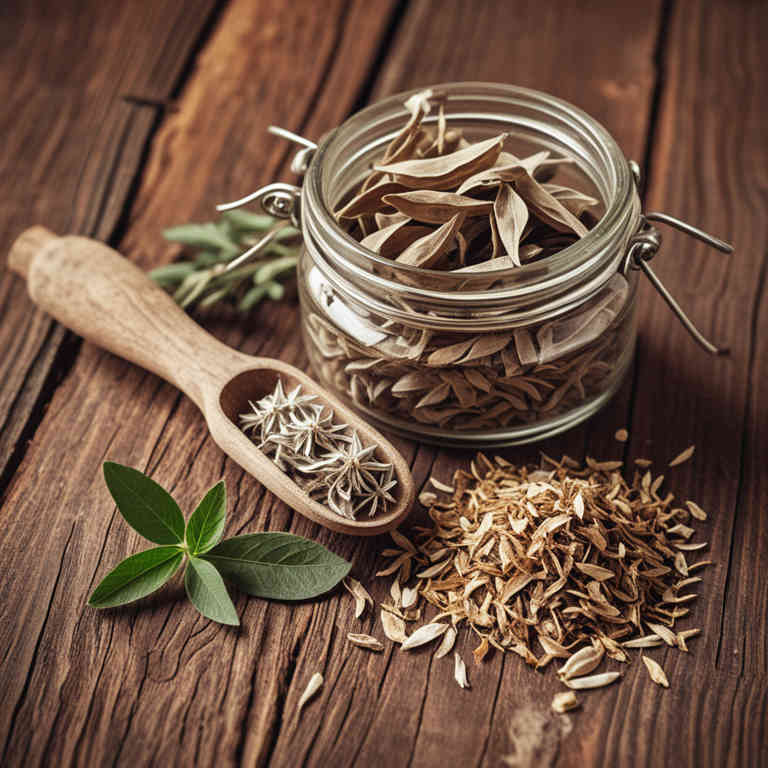Terminalia chebula linctuse for medicinal use

Terminalia chebula linctuse is a traditional herbal preparation derived from the fruit of the Terminalia chebula tree, commonly known as the chebulic myrobalan.
It is traditionally used in Ayurvedic and Chinese herbal medicine for its astringent, anti-inflammatory, and digestive properties. The linctuse form is typically prepared by extracting the fruit's pulp and drying it into a powder or syrup, which is then used to soothe coughs and respiratory irritation. It is often prescribed to treat conditions such as bronchitis, sore throat, and digestive disorders due to its mucilage content.
This preparation is valued for its ability to coat and protect mucous membranes while promoting healing.
Uses
Terminalia chebula linctuse has been used to treat respiratory conditions and promote digestive health for centuries.
Historically, it was a key component in Ayurvedic and traditional Chinese medicine, valued for its astringent and anti-inflammatory properties. In traditional use, it was often prepared as a syrup to soothe coughs, reduce phlegm, and aid in digestion. Modern research suggests it may have antioxidant and antimicrobial effects, supporting its continued use in herbal remedies.
Today, it is still employed in some complementary and alternative medicine practices for its potential therapeutic benefits.
Benefits
Terminalia chebula linctuse has health benefits such as aiding in respiratory health, supporting digestion, and promoting skin health.
It is traditionally used to soothe coughs and reduce inflammation in the respiratory tract. The preparation contains antioxidants that help protect cells from damage caused by free radicals. It may also support immune function and improve overall vitality.
Its anti-inflammatory and antimicrobial properties make it a valuable remedy in traditional medicine.
Constituents
Terminalia chebula linctuse active constituents include tannins, polyphenols, and gallic acid.
These compounds are known for their astringent, antioxidant, and anti-inflammatory properties. The tannins help in reducing excess mucus and soothing irritated tissues in the throat. Polyphenols contribute to the overall health benefits by supporting immune function and reducing oxidative stress.
Gallic acid is responsible for its antimicrobial and healing effects, making it beneficial for respiratory and digestive health.
Preparation
To make Terminalia chebula linctuse, first gather 50 grams of dried Terminalia chebula fruit, also known as chebulic myrobalan.
Wash the fruit thoroughly and chop it into small pieces to facilitate extraction. In a saucepan, add the chopped fruit and cover it with 500 ml of water. Bring the mixture to a gentle boil, then reduce the heat and let it simmer for about 30 minutes.
Strain the liquid through a fine mesh strainer or cheesecloth to remove the solids, and allow the resulting decoction to cool before using it as a linctus (cough syrup).
Side Effects
Terminalia chebula linctuse may lead to gastrointestinal discomfort such as nausea, vomiting, and diarrhea in some individuals.
It is derived from the fruit of the Terminalia chebula tree, commonly used in traditional medicine for its purported health benefits. The preparation may interact with certain medications, potentially affecting their efficacy or increasing the risk of adverse effects. Long-term use could contribute to liver toxicity or other systemic issues, though more research is needed to confirm these risks.
Individuals with pre-existing medical conditions should consult a healthcare professional before using this herbal preparation.